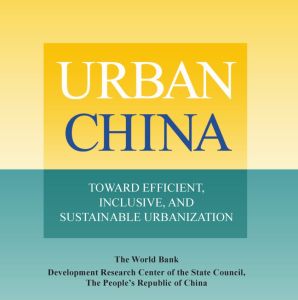Melden Sie sich bei getAbstract an, um die Zusammenfassung zu erhalten.

Melden Sie sich bei getAbstract an, um die Zusammenfassung zu erhalten.
The World Bank Group
Urban China
Toward Efficient, Inclusive, and Sustainable Urbanization
World Bank, 2014
Was ist drin?
The World Bank and Chinese experts offer an incisive look into the nation’s challenges during its urban transition.
Recommendation
This comprehensive review from the World Bank and the Development Research Center of the State Council, the People’s Republic of China, provides important insights into China’s policies and challenges as it continues its urban transition. China is evolving from a rural, export-driven economy to a more urbanized and service-oriented environment. Despite this transformation, outdated, uncoordinated and ineffective laws still govern the nation. The new urban landscape requires that the central government increases its regional coordination to allow localities more independence. getAbstract recommends this incisive report to executives doing business with China, city planners and anyone interested in urban development in a vast, roiling laboratory.
Summary
About the Author
The World Bank and the Development Research Center of the State Council, People’s Republic of China, issued this report.























Comment on this summary